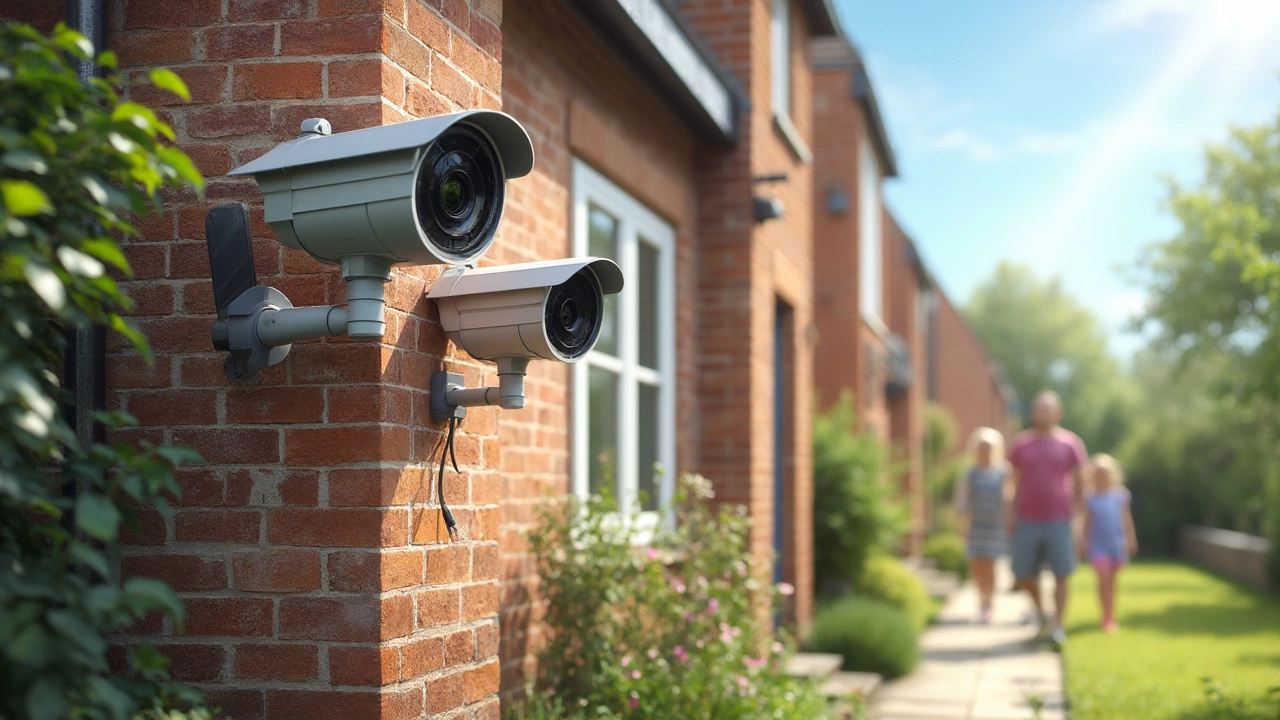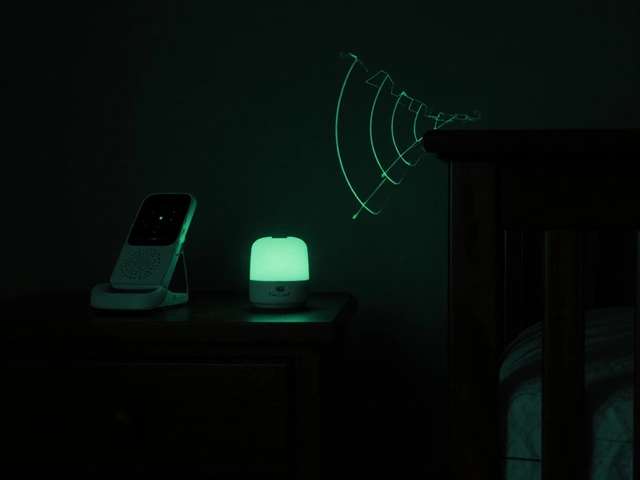Camera Power Options: What Works Best for Your Home?
Choosing how to power a security camera can feel tricky, but it doesn’t have to be. Do you want a camera that never runs out of juice, or are you happy to swap batteries every few months? Maybe you love the idea of a solar‑powered unit that runs on the sun. Below we break down the main choices, point out the real benefits, and help you pick the option that matches your budget and lifestyle.
Wired vs Battery: Quick Comparison
Wired cameras plug straight into your home’s electricity. The biggest upside is constant power – no dead batteries, no surprises. Installation can be a bit messier because you need to run cables, but many modern kits include discreet cable clips that hide the wiring. If you already have a power outlet near where you want the camera, wired is often the simplest route.
Battery‑powered cameras give you flexibility. You can mount them anywhere without worrying about a nearby socket. Today’s lithium‑ion cells hold a charge for 6‑12 months, depending on motion‑trigger settings and video quality. The downside is you’ll need to replace or recharge batteries on a regular schedule. Some users set reminders on their phone to avoid a sudden power loss.
Solar and Hybrid Solutions
Solar panels attach to the camera or sit nearby, feeding energy from sunlight into a small battery. This hybrid approach works well for outdoor units that get good sun exposure. During cloudy days the built‑in battery takes over, so the camera stays online. Installation is a bit more involved – you need to position the panel correctly and ensure it’s angled for maximum sun.
Solar kits are great for places where running cables is hard, like a garden shed or a detached garage. The upfront cost can be higher than a basic battery model, but you save on battery replacements over time. Just double‑check the panel’s wattage; a weak panel won’t keep a high‑resolution camera running all night.
Now that you know the basics, here are a few practical tips to help you decide:
- Location matters: If the camera sits near a power outlet, wired is usually cheapest and most reliable.
- Mobility needs: For renters or temporary setups, battery models let you move the camera without drilling holes.
- Sunlight access: Solar works best if the mount gets at least 4–5 hours of direct sun each day.
- Maintenance budget: Count the cost of batteries over a few years. A solar‑hybrid can pay for itself.
- Video quality: Higher resolution drains power faster. If you need 4K, a wired or strong solar system is safer.
In the end, the best power option is the one that fits your routine. A wired camera gives you set‑and‑forget peace of mind, a battery camera offers freedom to place it anywhere, and a solar unit blends the two for outdoor setups. Whatever you choose, make sure the camera’s power source matches the area’s lighting and your willingness to perform occasional maintenance. With the right power plan, your camera will stay alert and keep your home safe day after day.


